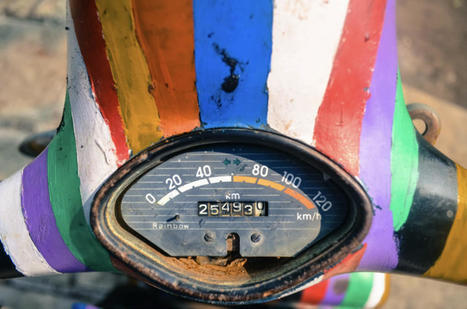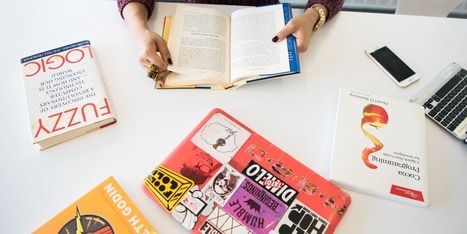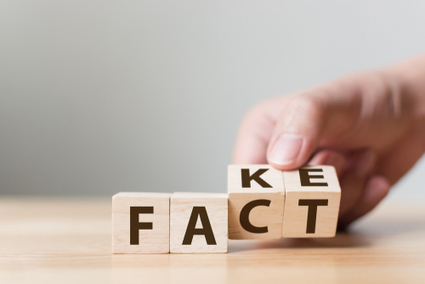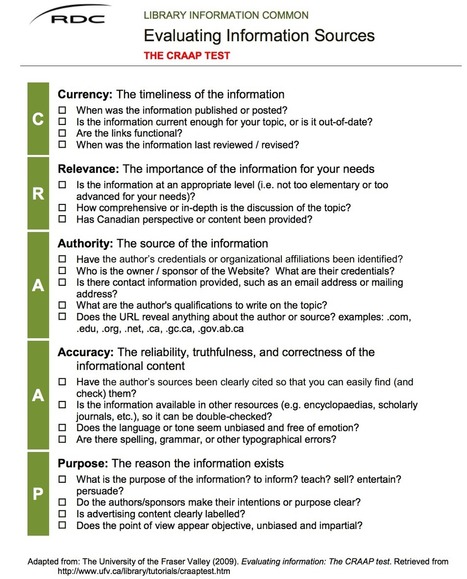For almost 20 years, instruction librarians have relied on variations of two models, the CRAAP Test and SIFT, to teach students how to evaluate printed and web-based materials. Dramatic changes to the information ecosystem, however, present new challenges amid a flood of misinformation where algorithms lie beneath the surface of popular and library platforms collecting clicks and shaping content. When applied to increasingly connected networks, these existing evaluation heuristics have limited value. Drawing on our combined experience at community colleges and universities in the U.S. and Canada, and with Project Information Literacy (PIL), a national research institute studying college students’ information practices for the past decade, this paper presents a new evaluative approach for teaching students to see information as the agent, rather than themselves. Opportunities and strategies are identified for evaluating the veracity of sources, first as students, leveraging the expertise they bring with them into the classroom, and then as lifelong learners in search of information they can trust and rely on.
Research and publish the best content.
Get Started for FREE
Sign up with Facebook Sign up with X
I don't have a Facebook or a X account
Already have an account: Login
Literacy in a digital education world and peripheral issues.
Curated by
Elizabeth E Charles
 Your new post is loading... Your new post is loading...
 Your new post is loading... Your new post is loading...
|
|


















